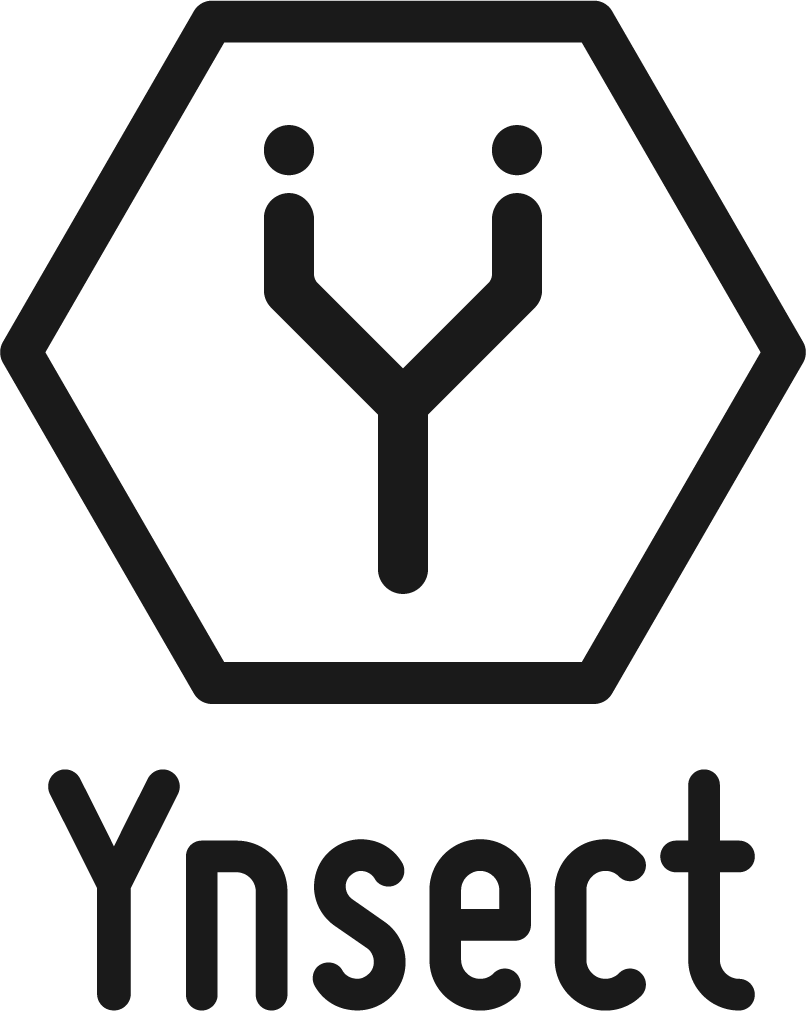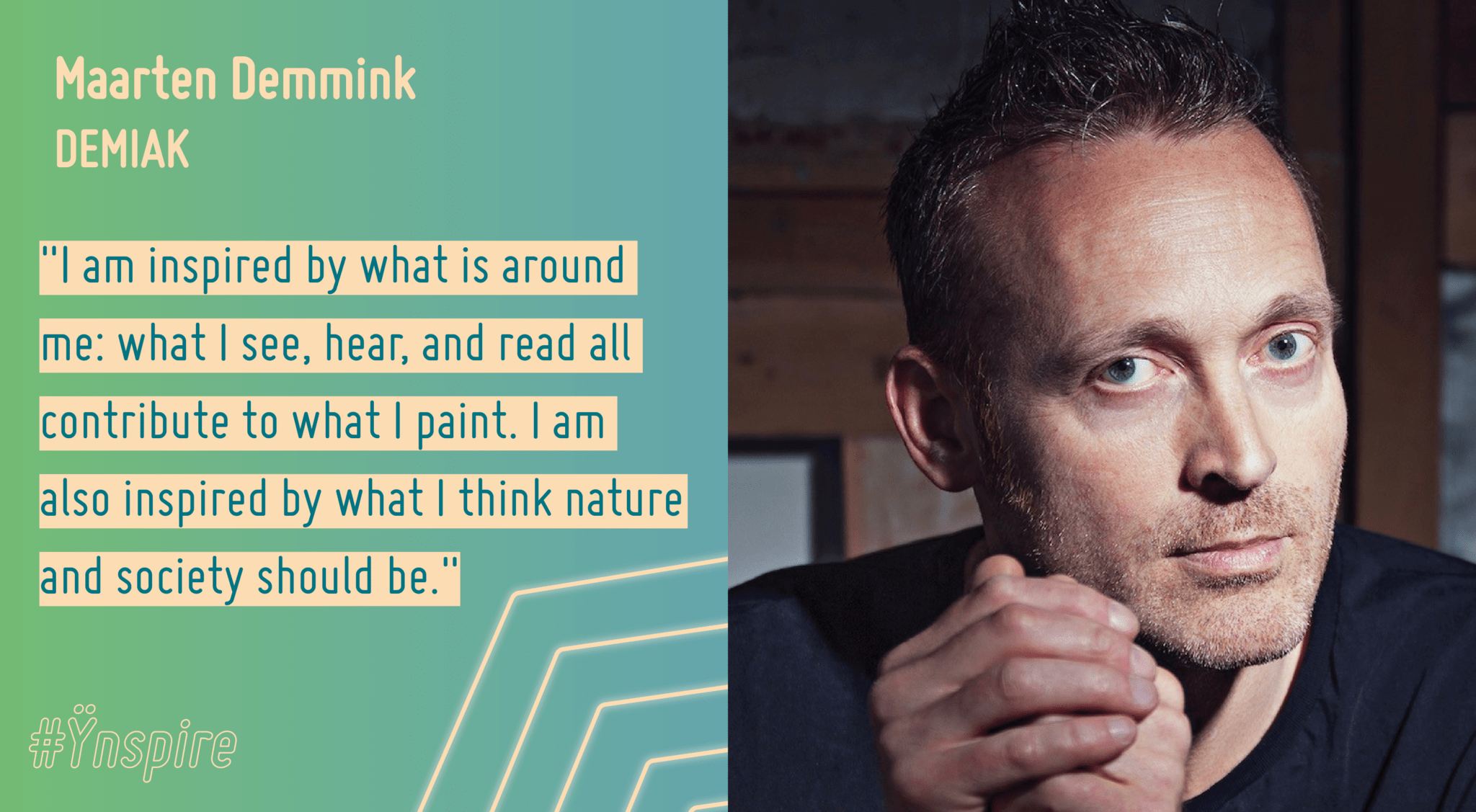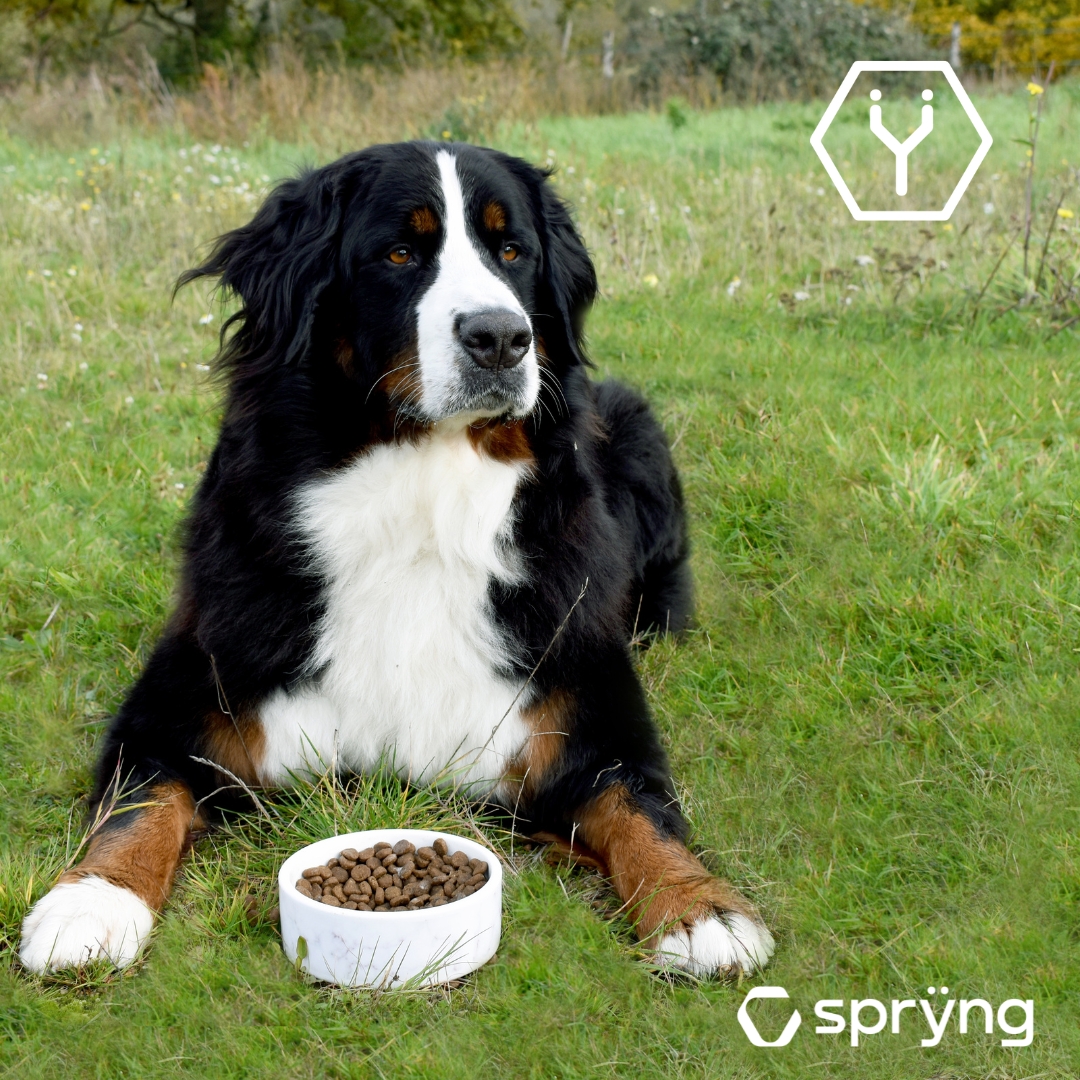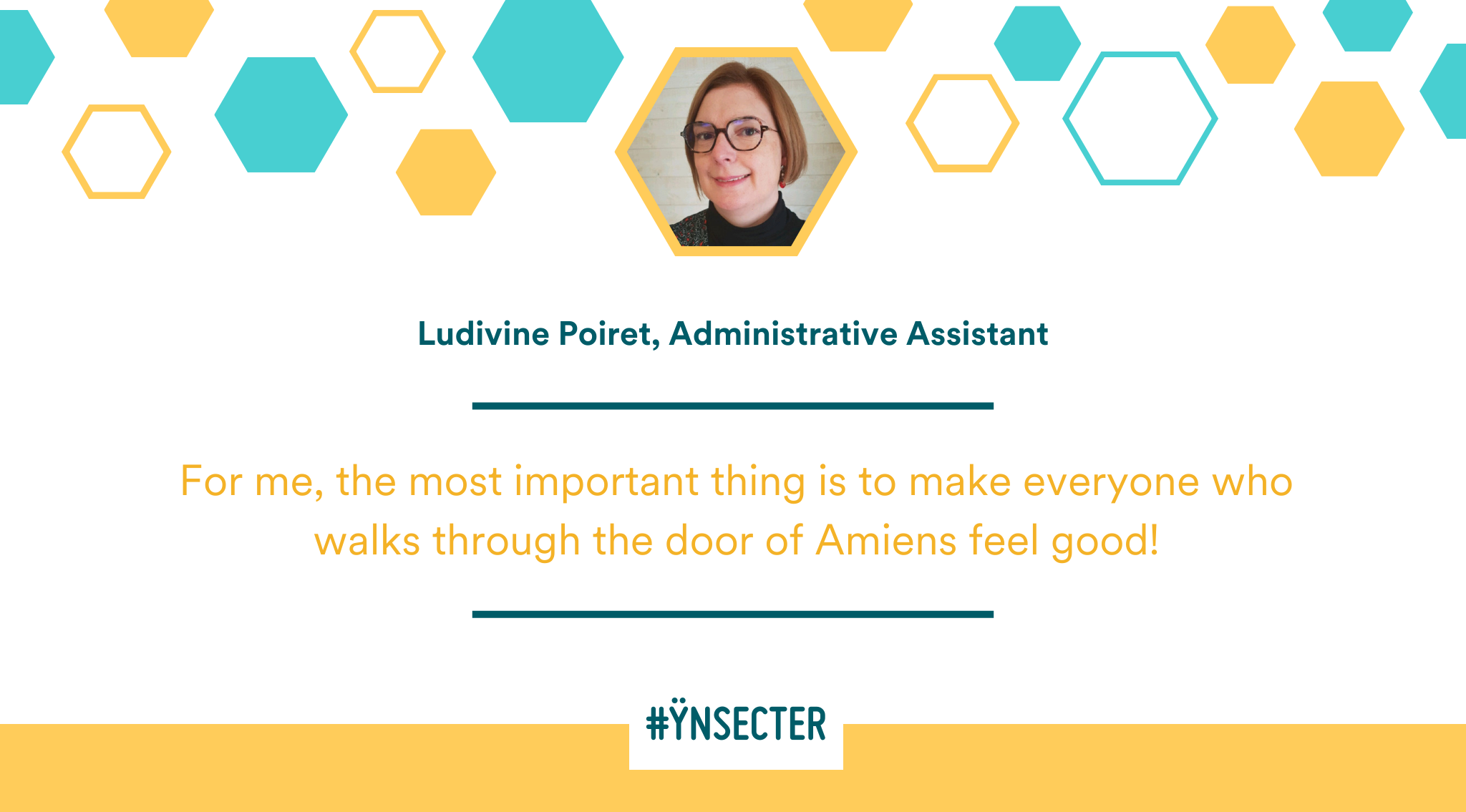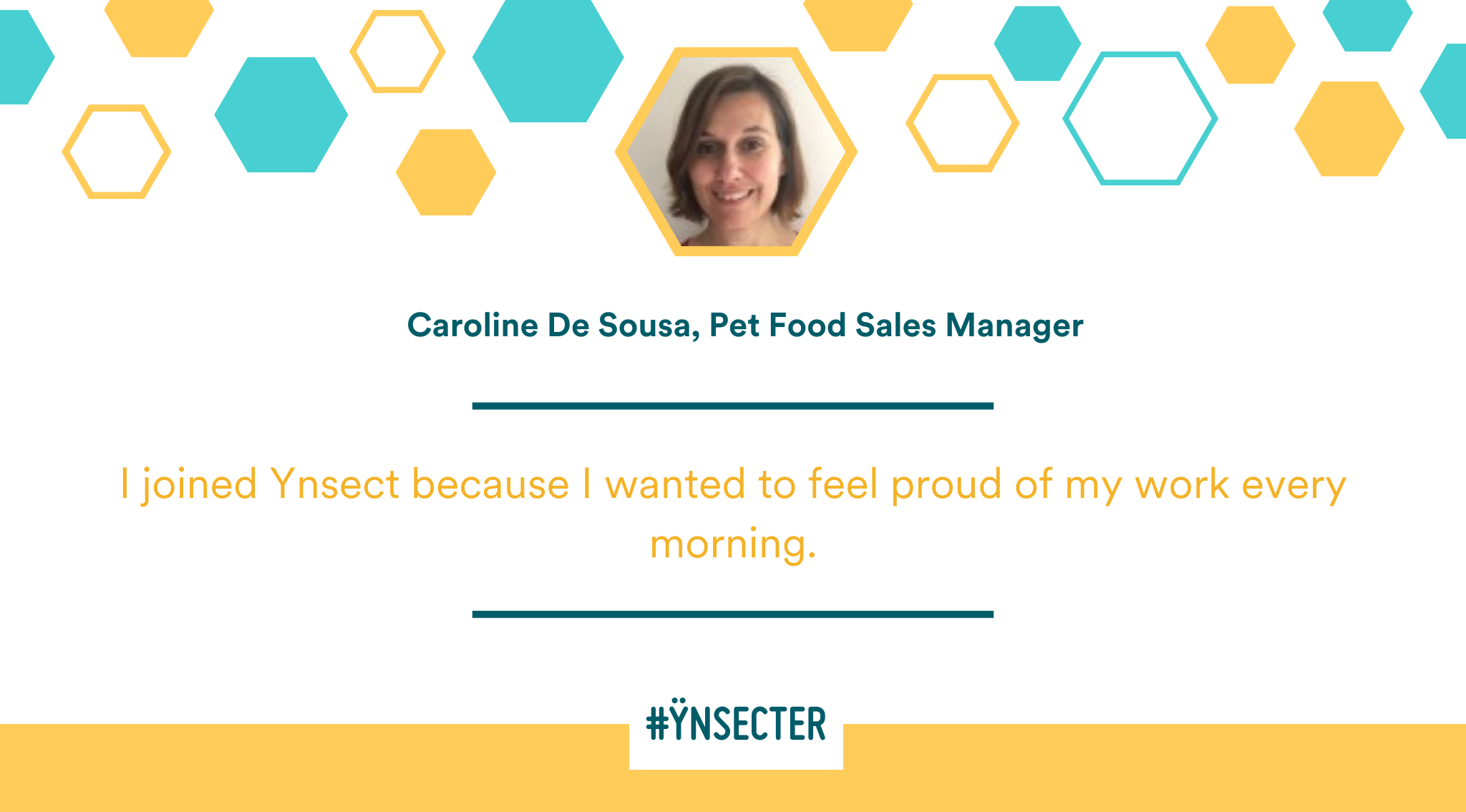How would you describe your work and would you say you are a painter?
I don’t know if I would say I’m a painter, but maybe an artist. I sculpted and staged photos before dedicating myself to painting; I started as a painter and found other ways of expression that were more fitting to the series I was working on at the time. I love that between having an idea and the final result, the painting can come alive and evolve over time. It’s a very authentic process. From my point of view, painting is like a vegetable soup: you use the vegetables you have on hand to cook something different each time. I am inspired by what is around me: what I see, hear, and read all contribute to what I paint. I am also inspired by what I think nature and society should be.
How did you become an artist?
I have been immersed in art my entire childhood. My grandfather and mother were both artists, and I grew up surrounded by paintings. This is definitely what guided my choice of career. However, when I told my parents around the age of fifteen that I wanted to go to art school, they were worried about my future. They knew all too well the difficult times that artists face, especially financial problems. They pushed me to join a graphic design program. After a week, I stopped design and started painting and sculpturing, and joined the course I was initially drawn to. I had to become an artist, whatever it took! I ended up managing to make a living from my art for almost 20 years, before becoming a teacher on the side. Since then, the market has changed a lot in the Netherlands and it has become very difficult to make a living out of it. Finally, I feel freer today to have made this choice, and ironically, the paintings have been selling better lately! However, I don’t want to give up teaching because I like being in contact with so many different people that are united by the same passion.
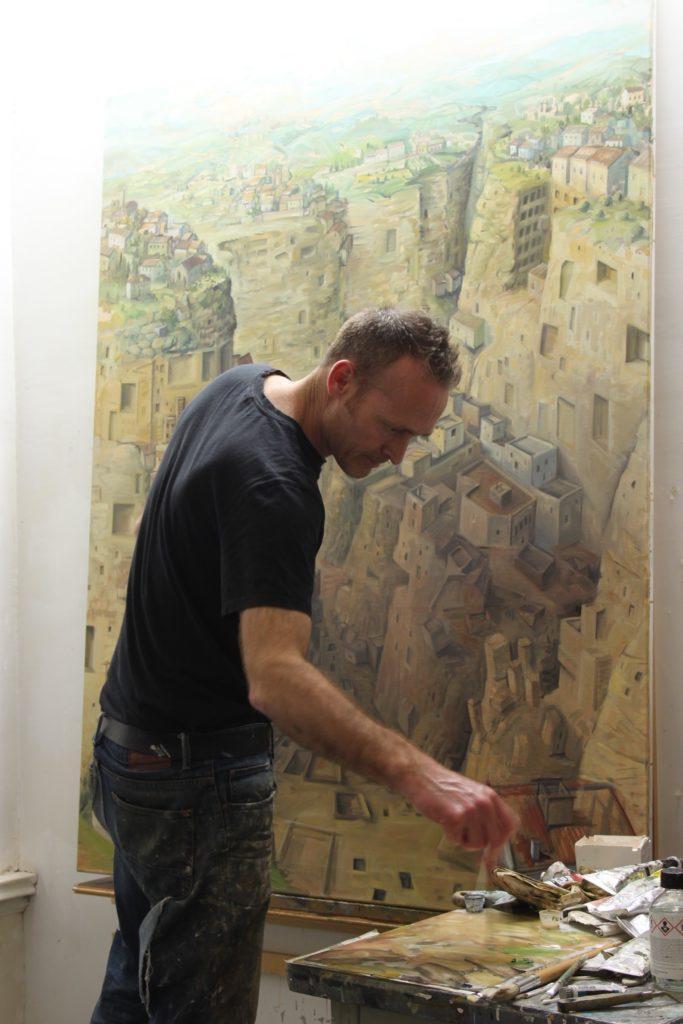
You started out creating postindustrial and surrealist paintings before showcasing nature without the impact of humans. Today, your work seems to be more nature and society-focused, without human beings. Was this a reflection of your vision regarding the future? Would you define it as pessimistic?
Sixteen years ago, I became the proud father of a little girl. And with her birth, I became very concerned about the world that she would grow up in. Before that, I would say that I lived a life without being so concerned for the world around me. When you become a parent, you are less self-centered, and you deeply want your child to grow up in the best of worlds. I don’t know if my painting is really pessimistic: I think that the spectator is the one who chooses to see optimism or pessimism. Overall, I think there are always at least two sides to a piece of art. When I paint, I try to show the beautiful things that surround us, as well as other topics that are more dramatic and anchored in our current situation. Maybe the contrast makes it interesting: a pessimistic view depicted in a lively or powerful brushstroke. However, I do not pretend to convey a particular message, nor do I affirm the meaning of my art. I think that those who go to museums and galleries are open-minded and are the ones who will make their own minds up. Moreover, after having seen my work, feedback from people just goes to show that everyone sees different things: some see happiness, some unhappiness…, others the end of the world!
In your daily life, do you try to protect the environment? How would you advise people to live their lives? Do you consider art a way to raise awareness among people?
I feel that most people are becoming more and more educated about these issues. Personally, I eat less meat, I recycle, etc. It’s not much, but it’s a start. My daughter, on the other hand, is in a school that is very aware of environmental issues: they organize demonstrations to try to change things and get things moving. These young people are definitely more active than we are! However, to really change, I think it is necessary that through our actions, individual and collective we change our fundamental mindset: to think first of the planet before money. In the end, our money will be useless if we no longer have a planet to spend it in. I think governments should force these changes because changing awareness might take more time than we have. But for that to happen, we must all work together. I am quite convinced that art is powerful, it may inspire change, but it might not be forceful enough to realize it. I think that those who are already motivated to change things can be driven forward by looking at art. It can be an instigator of action, but I do not think that it is the key to true awareness.
At Ynsect, our values are at the core of our DNA. We have 5: explorer, solidarity, authenticity, adaptability, and balance. Which value speaks to you the most?
From a personal point of view, the notion of solidarity speaks to me a lot. I would refer to the relationship I share with my daughter as well as people in general: when two people care about each other, they naturally want the best for each other and want to improve themselves! As for my work, I would say authenticity. My work is ultimately very connected to myself, to what I feel and see. And as a viewer, the artists who move me are those who, when I look at their work, almost make me feel their presence, strength of mind, and will. For me, this is the definition of an artist.
